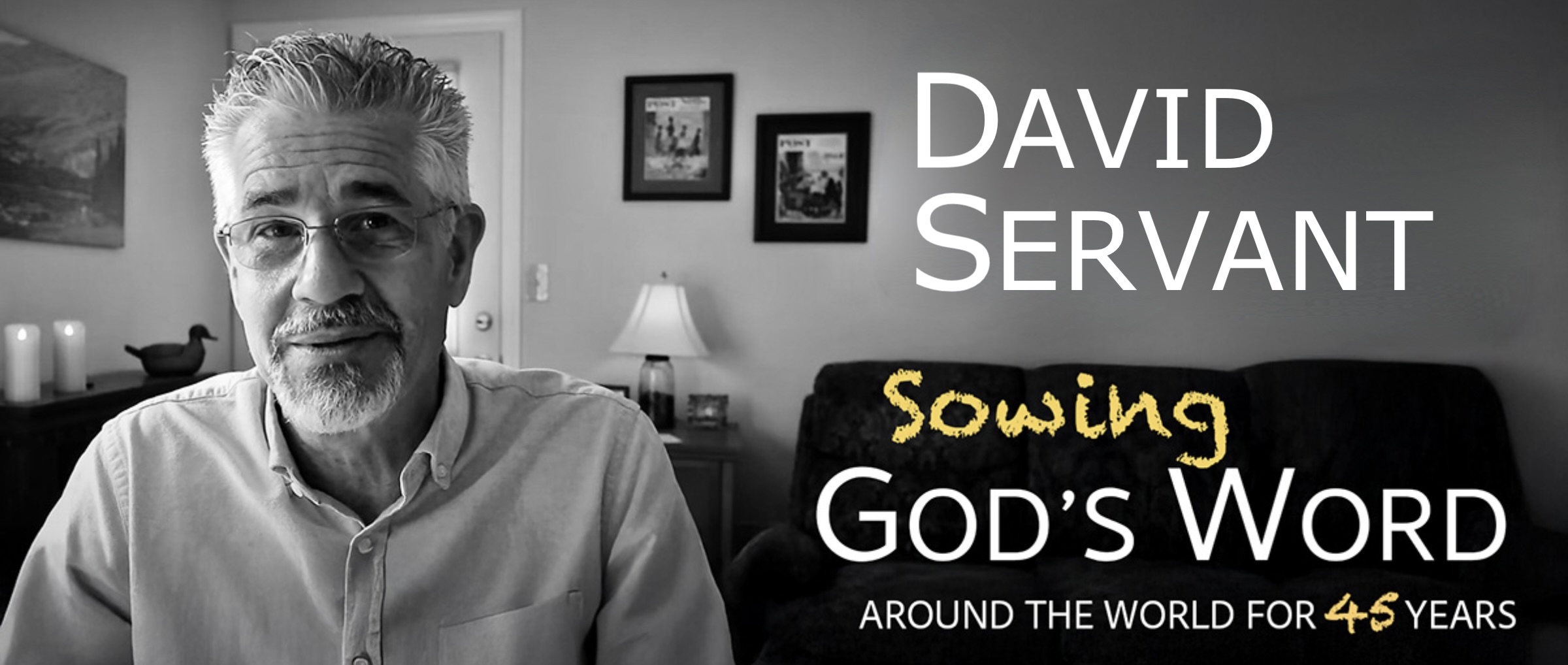
As I mentioned yesterday, it is generally better to simply be awed by the glorious scenes which John describes in the book of Revelation rather than attempt to comprehend everything that he mentions in those scenes. In today’s reading, John witnessed what all believers can look forward to participating in one day—worship in heaven. There, Jesus is the central focus, and He is worshipped for who He is and what He did. I think our worship today should follow that same pattern. There is no “fluff” in the songs that are sung in heaven!
Clearly, some of what John describes in this chapter should not be taken literally, but symbolically. We are told that the smoke that arises from the incense bowls of the twenty-four elders and four living creatures represents “the prayers of the saints” (5:8). The Lamb who is worthy to open the seven-sealed book is obviously symbolic of Jesus (5:6). The seven eyes on that symbolic Lamb represent “the seven Spirits of God, sent out into all the earth” (5:6), whatever that might mean!
These three symbols in chapter five make me wonder what else might be symbolic there that is not explained to us as such. For lack of knowing any better, I tend to take everything else in this chapter as being literal, including the seven-sealed scroll. That sacred book apparently contained God’s predestined plans concerning the events of the tribulation, events of which we’ll be reading as the unsealing of that scroll is described in the next few chapters.
Why these future events were written in a sealed scroll, and why only someone as worthy as Christ is qualified to break the seals, is a mystery. Perhaps the scroll itself is also simply symbolic. If nothing else, we are impressed with the fact that there is no one like Jesus anywhere in the universe, and the future destiny of the world is in His hands.
Although there is certainly a chronological element to this book, it is not always consistent, which adds to its mystery. For example, this worshipful chapter culminates with every created thing, not only in heaven and hell, but also on earth, worshipping Jesus (5:11-13). It doesn’t seem likely that such a scene will occur anytime prior to or during the coming tribulation, or before Christ’s second coming. It is almost as if the scene of pre-tribulational heavenly worship that John was witnessing suddenly leaps forward in time to after the tribulation. This being so, it is always good to be cautious before assigning slots on a timeline to any event of which we read in this book.
You may recall that God promised Abraham that through His seed “all the families of the earth [would] be blessed” (Gen. 12:3). According to Paul, that seed of Abraham who brought blessing to all the earth’s families was Christ (Gal. 3:16), the one who told us to makes disciples of all the nations, or more literally, all the ethnic families of the world (Matt. 28:19) and the one who died for the sins of everyone in the world (1 John 2:2). We learn today that God’s ancient promise to Abraham will be fulfilled, because “men from every tribe and tongue and people and nation” will be among those who will reign upon the earth, purchased by Christ’s blood (5:9-10). Yet those who study such things tell us that there are still thousands of ethnic groups in the world today who have no disciples of Christ among them. So it seems that there is still work to be done. And there is still a harvest waiting for those who will set their eyes on the fields.
I was once inspired to write a song after reading this particular chapter. It is titled, Worthy is the Lamb, and if you have a few extra minutes, you can listen to it here: www.shepherdserve.org/songs/mp3/worthy_isthe_lamb.mp3. Please excuse the poor lead vocal and pray that the Brooklyn Tabernacle Choir will record it one day!


